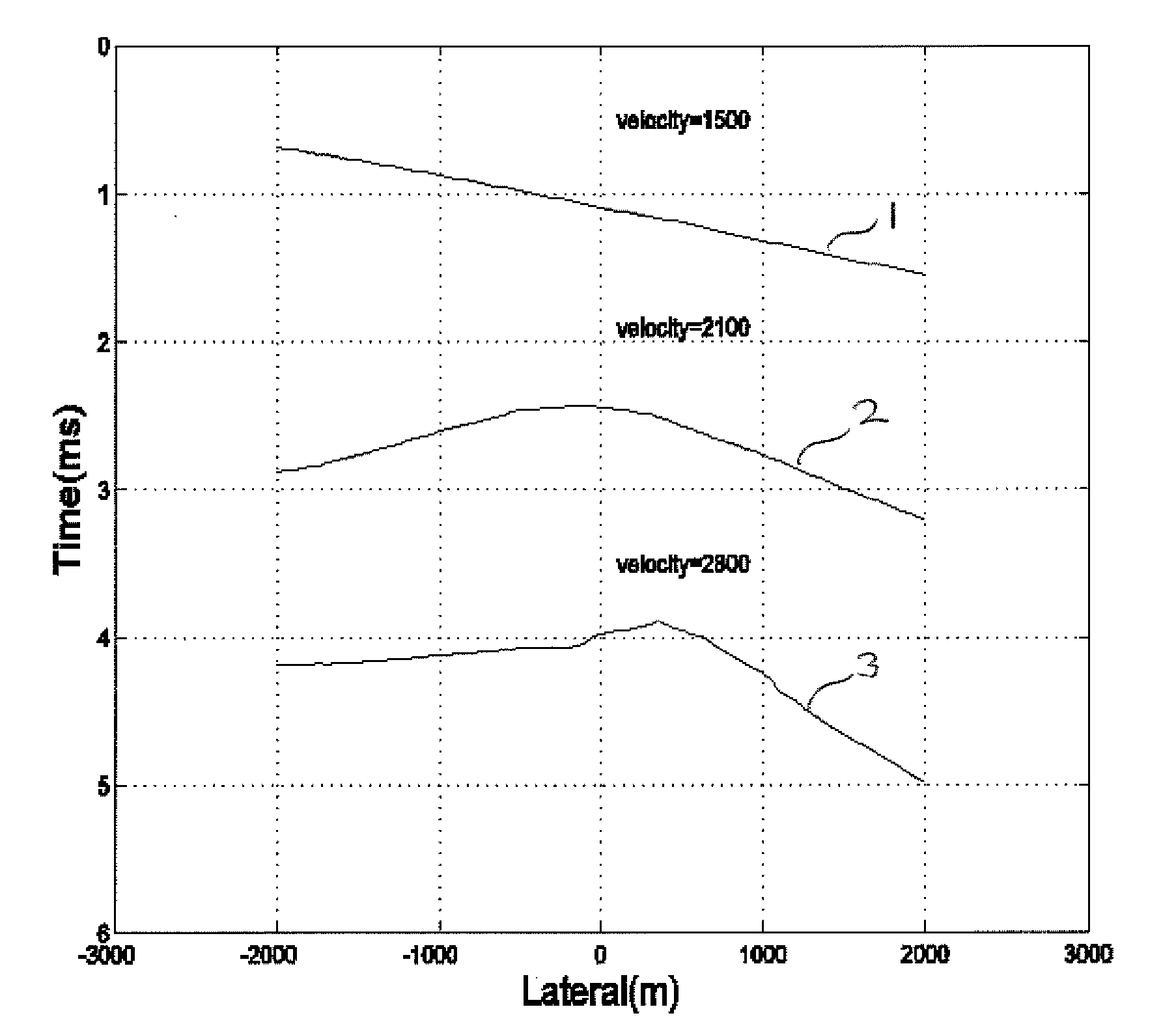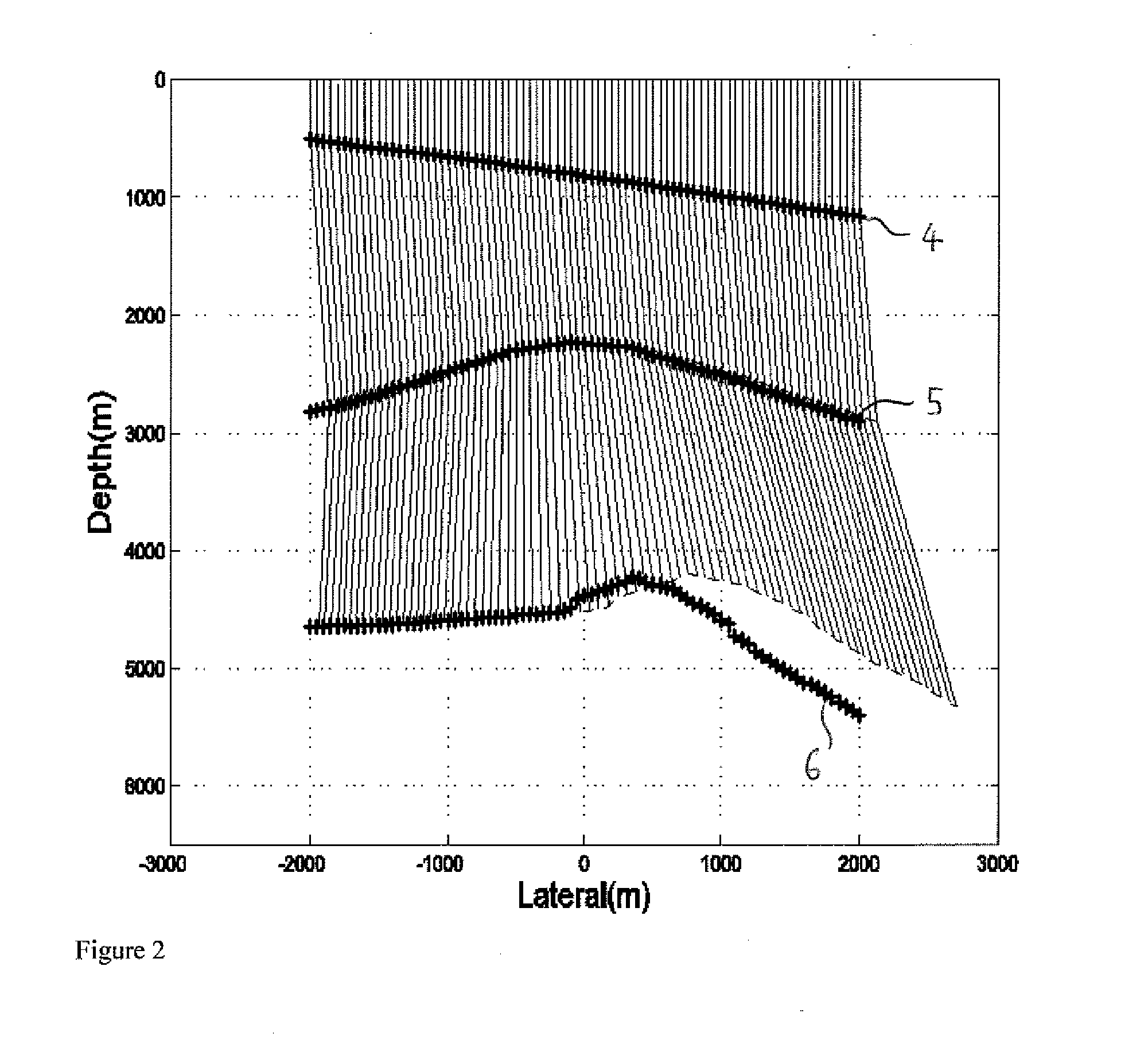Forming a geological model
a geological model and model technology, applied in the field of geological model formation, can solve the problems of not being able to capture the three dimensional structural uncertainty in the structural model, the measurement position of wells is then less reliable, and the problem of capturing the three dimensional structural uncertainty remains
- Summary
- Abstract
- Description
- Claims
- Application Information
AI Technical Summary
Benefits of technology
Problems solved by technology
Method used
Image
Examples
Embodiment Construction
Introduction
[0083]Reliable prediction of subsurface faults and horizons is of major importance for the petroleum industry. Both the best estimates and the uncertainty of positions are of high importance in several decision processes. One such process is well planning where this information influences the shape of well trajectories and also the shape and position of drilling targets (Haarstad et al. 2002; Prange et al., 2004). The positional uncertainty of structures is crucial information both in planning the acquisition of new subsurface data for better subsurface understanding, and in the process of planning the drainage strategy of a reservoir. Estimates of horizon and fault positions, as well as their uncertainties, is an important input for prediction of in place volume estimates.
[0084]Today most well calibration methods rely on changing the seismic velocity model until it mostly fits a set of well-measured velocities. This is a time consuming process with a lot of human intera...
PUM
 Login to View More
Login to View More Abstract
Description
Claims
Application Information
 Login to View More
Login to View More - R&D
- Intellectual Property
- Life Sciences
- Materials
- Tech Scout
- Unparalleled Data Quality
- Higher Quality Content
- 60% Fewer Hallucinations
Browse by: Latest US Patents, China's latest patents, Technical Efficacy Thesaurus, Application Domain, Technology Topic, Popular Technical Reports.
© 2025 PatSnap. All rights reserved.Legal|Privacy policy|Modern Slavery Act Transparency Statement|Sitemap|About US| Contact US: help@patsnap.com



